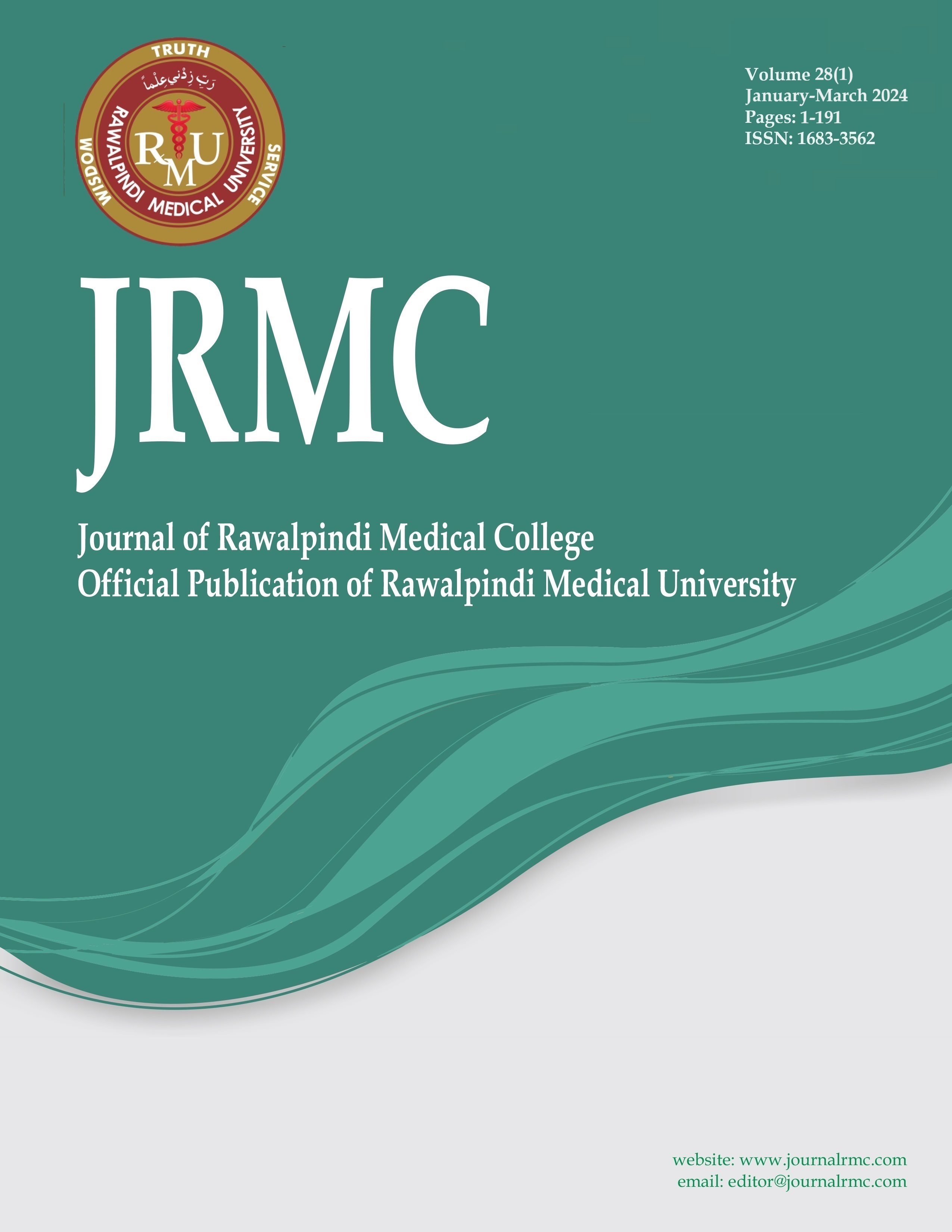Abstract
Objective: To find out the frequency of placenta previa and maternal and fetal outcomes in cases of placenta previa in our population.
Methods: All women with an age range from 18-40 years diagnosed with placenta previa based on ultrasound were recruited with the study. Data including patient age, parity, previous normal deliveries, previous caesarian sections, grade of the placenta previa and history of previous pregnancies was recorded. Maternal complications including post-partum haemorrhage, hysterectomy and death were also recorded. Fetal complications including low APGAR score at five minutes, low birth weight and death were also recorded.
Results: The age group between 26-35 years seems to have the highest incidence of placenta previa (62.58%). Post-partum haemorrhage was seen in 57 (38.77%) patients. Post-partum haemorrhage was strongly associated with the grade of placenta previa. Emergency obstetric hysterectomy was done in 7 (4.76%) patients. Two (1.36%) patients died of complications. Out of 147, 38 (25.85%) had low APGAR scores, 52 (35.37%) had low birth weight and 12 (8.16%) died of various complications.
Conclusion: Placenta previa has become a very common condition which may be attributable to higher rates of caesarians. It may lead to increased morbidity and mortality of the mother and the baby if not diagnosed and managed properly. These cases should be managed by experienced multidisciplinary teams in a tertiary care centre to minimize the rate of complications.
Keywords: APGAR score, Intrauterine growth retardation,Neonatal, Placenta previa, Postpartum haemorrhage

This work is licensed under a Creative Commons Attribution-ShareAlike 4.0 International License.
Copyright (c) 2024 Beenish Khan, Syeda Surayya Jabeen, Fatima Sharif Khan, Faria Mumtaz, Reema Gul, Qudsia Nawaz

